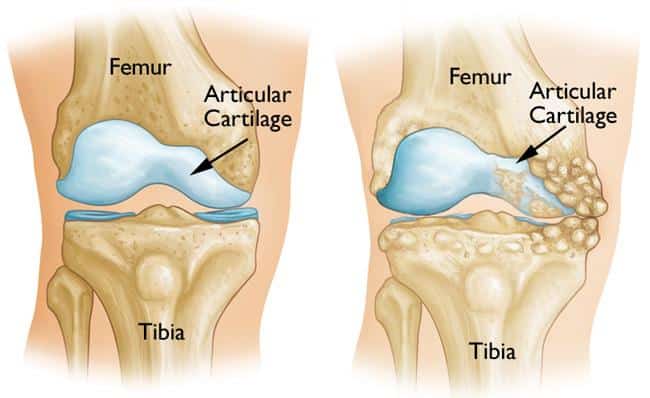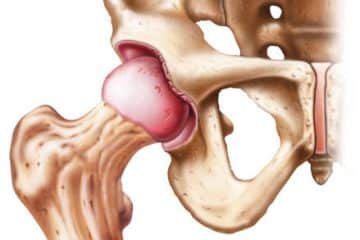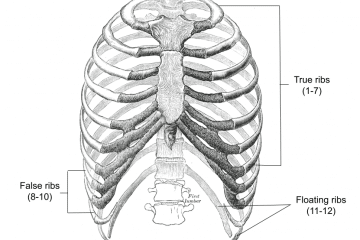High tibial osteotomy is an orthopedic surgical procedure that is carried out to correct knee misalignment that has resulted in osteoarthritis.
Osteotomy generally refers to “the cutting of the bone”, hence in high tibial osteotomy (HTO), the tibia is cut and then reshaped to relieve pressure on the knee joint. This frequently leads to pain relief and, subsequently, improved function.
Reasons for High Tibial Osteotomy
The procedure is generally carried out to treat osteoarthritis of the knee. It is often the preferred method of treatment in young and active patients rather than knee replacement surgery.
In osteoarthritis, the articular cartilage that allows the knee joints to glide easily has worn off leading to pain, difficulty in walking and general discomfort in the patient.
If osteoarthritis is due to malalignment of the knee joints, a high tibial osteotomy is indicated. High tibial osteotomy can realign the knee to take pressure off the damaged side by wedging open the upper portion of the

(Left) A normal knee joint with healthy cartilage. (Right) Osteoarthritis has damaged just one side of the knee joint.
e tibia to reconfigure the knee joint. Weightbearing is then shifted away from the damaged or worn tissue and onto the healthier tissue.
Related: Patella Surgery
Surgical Procedure for High Tibial Osteotomy
As stated earlier, osteotomy refers to the cutting of the bone. During high tibial osteotomy, a wedge of bone is removed from the outside of the tibia, under the healthy side of the knee. X-ray is used to ensure the correct placement of the osteotomy. The wedge of bone is cut and the osteotomy is slowly closed and compressed with a plate and screws used to hold the osteotomy rigidly. The procedure is carried out under general anesthesia and usually takes between 1-2 hours.
There are two methods to performing a high tibial osteotomy: closing wedge osteotomy and opening wedge osteotomy:
Closing wedge osteotomy involves removing a wedge of bone usually just below the joint in the upper part of the tibia. For patients with arthritis affecting the medial compartment (varus knees), the bone wedge is taken from the outer part of the tibia. Once the wedge of bone is removed the two bone ends are then put together and held with either a metal plate or pins. This has the effect of shifting your body weight from the inner part of the knee to the non-affected lateral compartment.
Opening wedge osteotomy in this technique the surgeon cuts through the tibia on the medial (inner) side and opens a wedge, sometimes by adding a piece of bone graft from the pelvic area to hold the wedge open. To stabilize this a plate is inserted once again. This operation is also commonly performed in the upper part of the tibia just below the knee joint.
Risks and Complications OF High Tibial Osteotomy
Like every surgical procedure, there is a risk of complications associated with high tibial osteotomy.
Some general complication risk includes:
- Infection – The site of operation may become infected with pathogens such as bacterial, fungi, viruses. Prophylactic use of antibiotics is usually recommended to decrease the risk of infection.
- Bleeding – Loss of blood may also result from the surgery
- Anesthesia risk
Some risks and complications specific to high tibial osteotomy include:
- Recurrence of deformity – There is about a 60% failure rate after 3 years. The risk of failure is higher in patients who are overweight.
- Loss of posterior slope
- Patella Baja – This refers to an abnormally low lying patella, which is associated with restricted range of motion, crepitations, and retropatellar pain.
- Peroneal nerve palsy – High tibial osteotomy carries with it the risk of damage to the common fibular nerve which affects the patient’s ability to lift the foot at the ankle
High Tibial Osteotomy Surgery Cost
The total cost for high tibial osteotomy surgery depends on a lot of factors such as the anesthetic fee, private hospital fee, private operating facility fee, the extent of surgery required. The total cost of the procedure is around $10,000 – $15,500.


